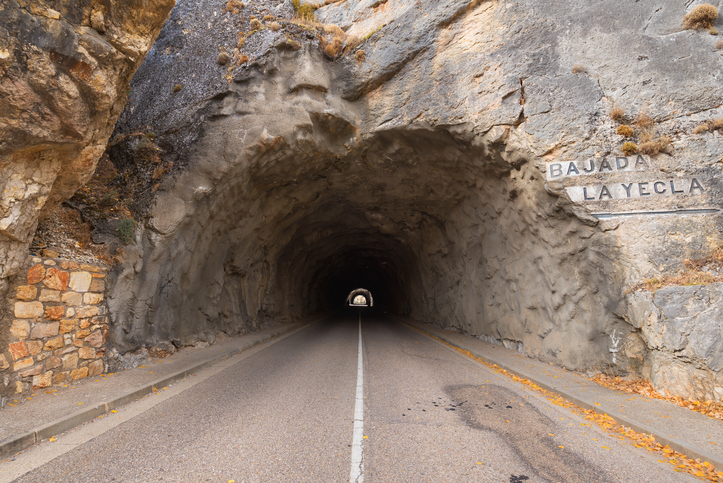Three panoramic routes dissect the province of Burgos in different ways, each encouraging travelling photographers to capture the province’s natural beauty and heritage
These routes cover Las Merindades, the Sierra de la Demanda and the Ribera del Duero: perfect road trip locations for those wanting to visit inland locations in the heat of summer.
When planning a trip and considering the various places of interest and landmarks at the end destination, it is easy to forget about the trip itself, which is unquestionably crucial. By this, we’re referring to the journey: the act of getting from point A to point B.
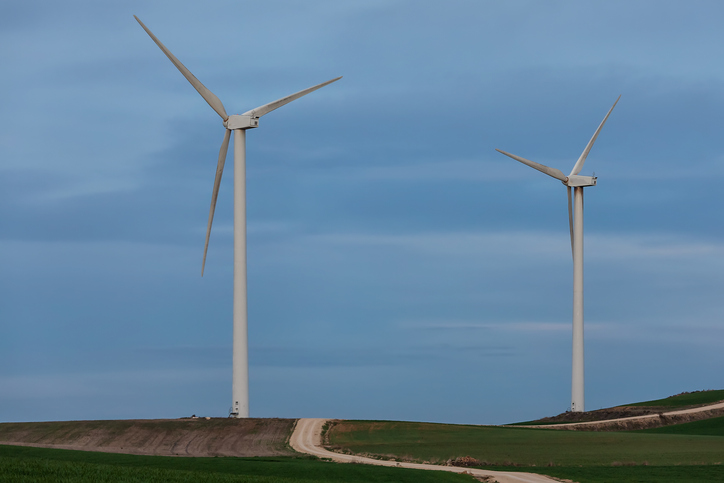
this area of natural heritage is brimming with enclaves, making this an unforgettable experience from start to finish
Any discussion about the province of Burgos will lead to a discussion about its roads: stop-off points that have become tourist destinations in their own right, the perfect spots for getting out of the car and snapping some stunning photographs.
The Road of Dreams: the N-623
Some roads are now considered as obligatory routes within a given territory, owing to the meanings lent to them by local residents over the years. One example of such a special route or journey is the N-623, popularly known as the ‘Road of Dreams’.
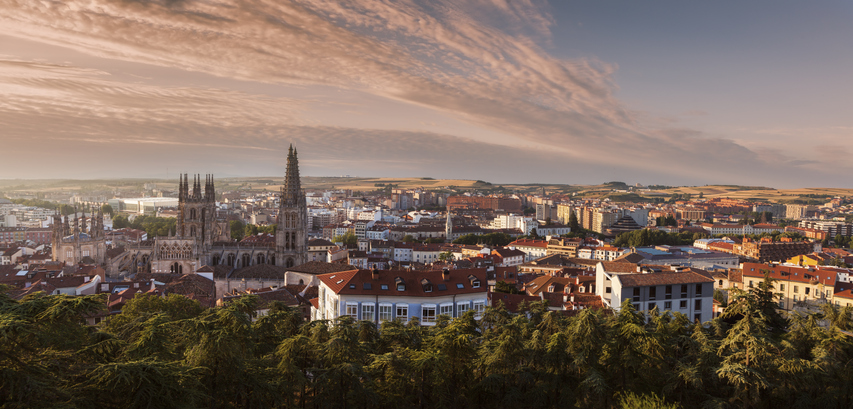
This route, which starts from the city of Burgos and offers several pleasant surprises, crosses the Páramo de Masa. Anyone undertaking this journey can enjoy it at their own pace, with the area evoking an aura of peace and tranquillity.
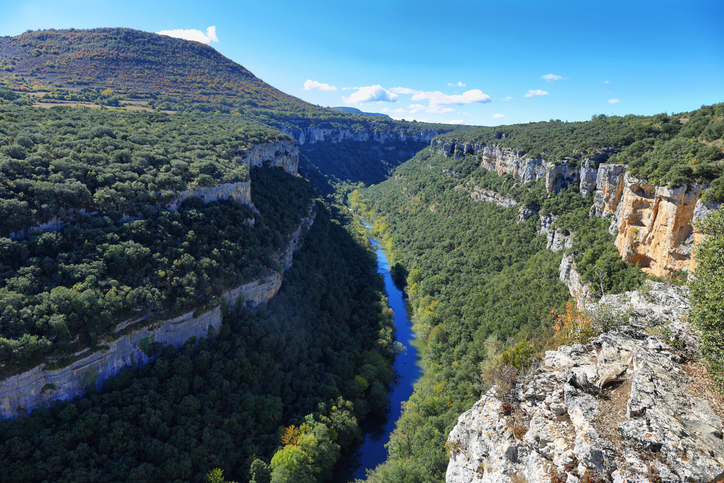
The highlight of this road is the Las Hoces del Alto Ebro y Rudrón Natural Park, whose canyons and gorges — through which the Ebro River passes — comprise one of the most beautiful and striking locations in the Iberian Peninsula.
Despite having a much shallower riverbed, the clear and calm waters of the River Rudrón pour into the so-called ‘Blue Well’; a natural pond which, owing to its shallow depth and exposure to the sun, assumes a gorgeous shade of turquoise.
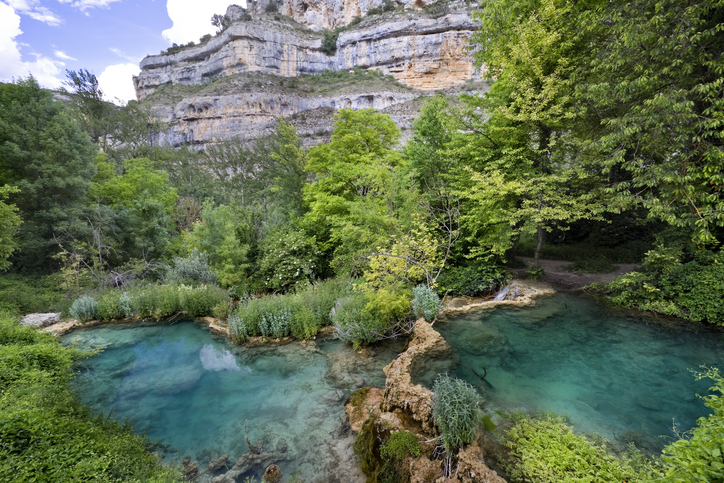
An ethnological complement to this road can be found in Arija: the perfect example of a traditional Burgos town, where passers-by can sample the legendary Burgos cuisine. It is also the perfect spot for water sports such as canoeing or kite surfing.
A great way to end this road trip is by visiting the municipality of Valle de Valdebezana, found in northern Burgos. Bordering the neighbouring region of Cantabria, two of its “patrimonial jewels” include the Roman ruins of the Los Porras Castle and the San Vicente de Villamezán Church.
Monte Hijedo, lying to the south of the Ebro Reservoir, is another great spot for snapping beautiful forest photographs. This dense 2,000-hectare forest is among the most famous oak groves in the Iberian Peninsula, perfect for a long hike.
From the Sierra de la Demanda to the Ribera del Duero: the BU-910
The BU-910 road comprises the perfect blend of natural enclaves and charming villages, making it a fantastic route for professional and amateur photographers alike.
This “route” is notable for two gorges: the Mataviejas River gorge, which extends all the way until Castroceniza; and the River Ura gorge, impressing all observers with its outstanding beauty.
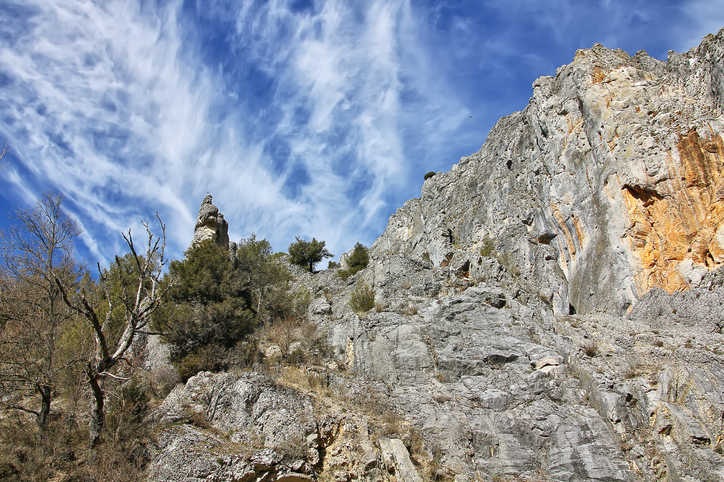
Another tall geological structure is the La Yecla gorge, which is one of the most characteristic examples of Spanish juniper forests. This route runs parallel to the Arlanza River, which passes through gall oaks, holm oaks and a characteristic riverside forest. With a bit of luck, tourists might be able to catch a glimpse of various indigenous species from the area, such as wolves, roe deer, otters, Bonelli’s eagles or griffon vultures.
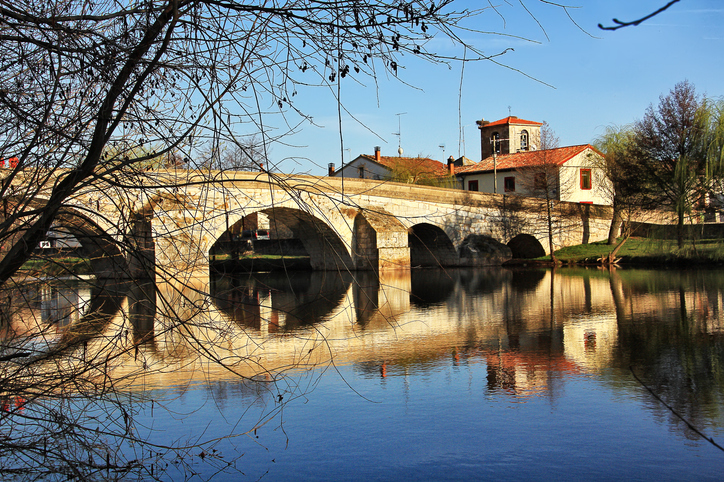
Along the way, tourists will come across one of the best known villages in the province of Burgos, which is famed for its history, architectural heritage and beauty. Santo Domingo de Silos, with its Benedictine monastery, is one of the province’s Roman jewels. With an imposing historical-architectural presence, this village is responsible for the area’s medieval footprint.
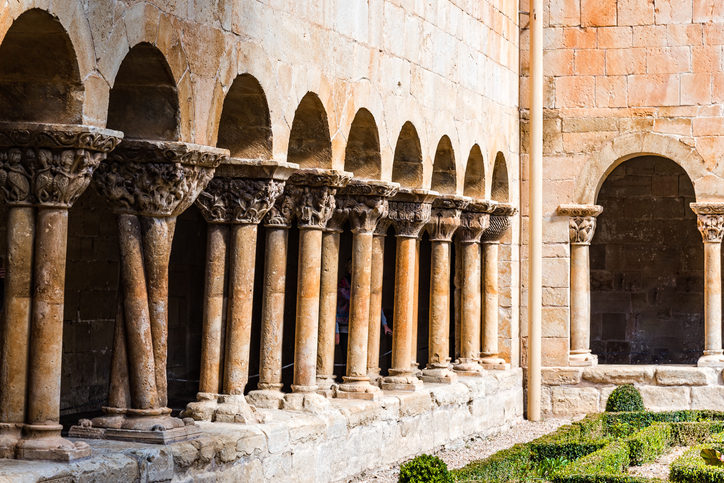
Another of this route’s must-see villages is Caleruega, which has a reputation for being one of Spain’s most beautiful villages. The 8th-century Royal Monastery of Santo Domingo, the 10th-century Torreón de los Guzmanes tower and the 12th-century parish church of San Sebastián are some of its most famous landmarks, which are a photographer’s dream.
The road leading to Las Loras
Many of the natural enclaves belonging to these roads form part of the Las Loras Geopark: Castilla y Leon’s first UNESCO-recognised geopark, which is of incalculable value.
Several forms of tourism can be undertaken in this site, which boasts intriguing rock formations as well as fantastic natural and patrimonial features, numerous hiking trails and various mountain biking routes.
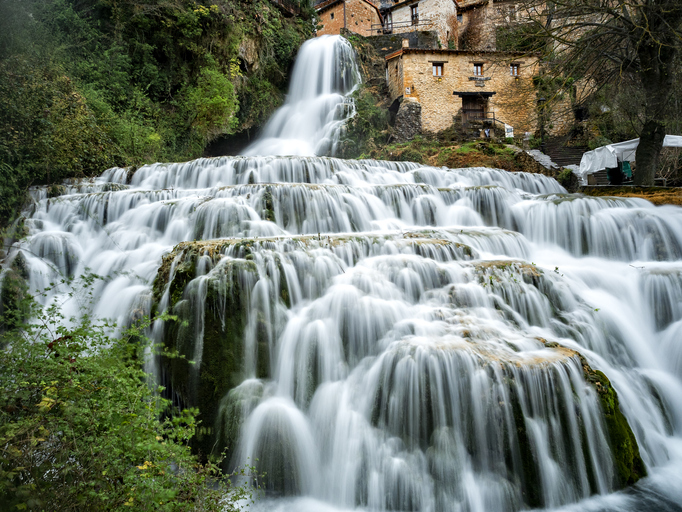
The BU-6222 and N-627 Circular roads pass through this natural treasure, which spans eleven different Burgos municipalities including Urbel del Castillo and Sargentes de Lora.
Tourists who choose to hike in this area might be lucky enough to come across the Oil Museum. This shrine to ‘black gold’ is found in Sargentes de Lora, located in the Páramos area.
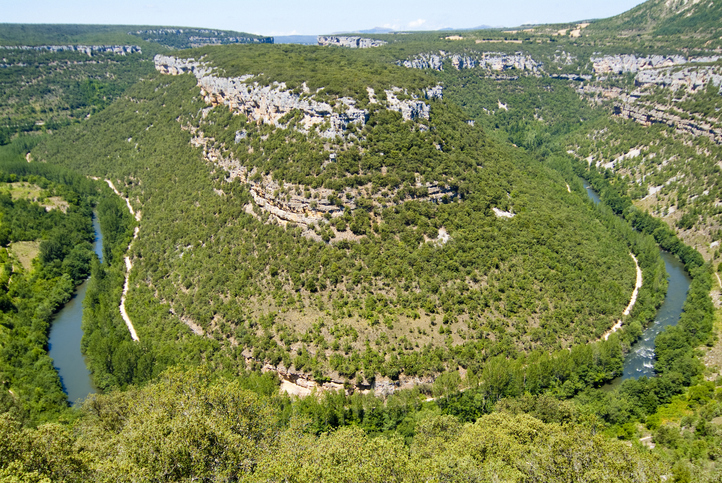
This temple, based in the
Ayoluengo excavation site, pays
homage to the 50-year history of the oil industry in the area, as well as its
geological features and everything related to this industrial activity.
These three routes offer three different ways of enjoying the province of
Burgos, using the road as a perfect springboard for visiting some of the
province’s most famous patrimonial sites.



